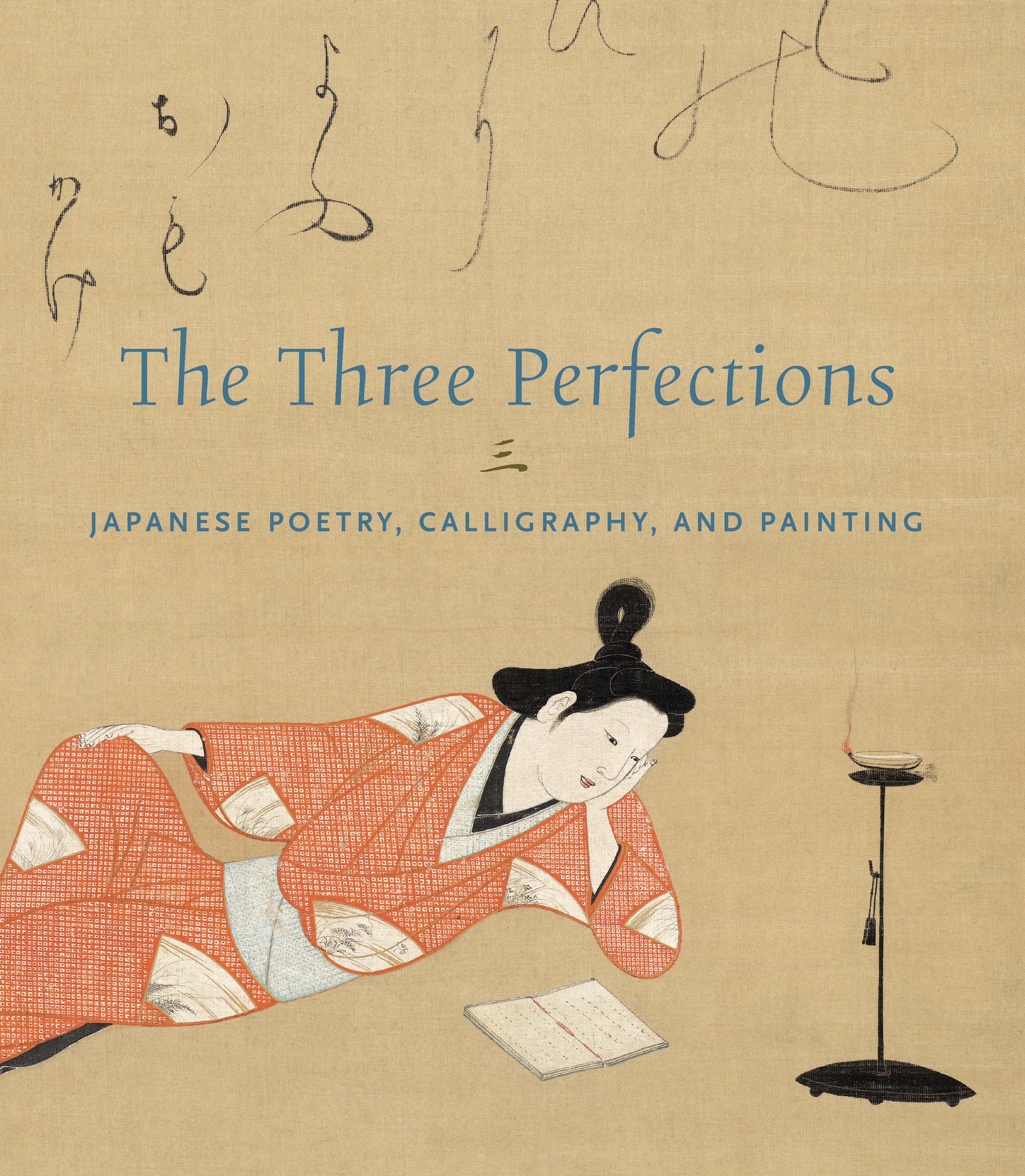Reading a sutra by moonlight
Chan/Zen art and philosophy blend strict rigor with playful irreverence. The dignified image of an aging master learnedly poring over an abstruse scripture is undercut by the poetic inscription, which suggests that true enlightenment may just as well be found elsewhere:
In this volume of scripture,
The words have no clear meaning.
The sun rises, the moon sets,
When will I finish reading it?
—Translation after Wen C. Fong
In this volume of scripture,
The words have no clear meaning.
The sun rises, the moon sets,
When will I finish reading it?
—Translation after Wen C. Fong
Artwork Details
- 元 佚名 玉谿思珉題贊 對月圖 軸
- Title:Reading a sutra by moonlight
- Artist:Unidentified artist , early 14th century
- Period:Yuan dynasty (1271–1368)
- Date:ca. 1332
- Culture:China
- Medium:Hanging scroll; ink on paper
- Dimensions:Image: 29 3/8 x 13 in. (74.6 x 33 cm)
Overall with mounting: 59 x 13 5/8 in. (149.9 x 34.6 cm)
Overall with knobs: 59 x 15 1/2 in. (149.9 x 39.4 cm) - Classification:Paintings
- Credit Line:Edward Elliott Family Collection, Purchase, The Dillon Fund Gift, 1982
- Object Number:1982.3.2
- Curatorial Department: Asian Art
More Artwork
Research Resources
The Met provides unparalleled resources for research and welcomes an international community of students and scholars. The Met's Open Access API is where creators and researchers can connect to the The Met collection. Open Access data and public domain images are available for unrestricted commercial and noncommercial use without permission or fee.
To request images under copyright and other restrictions, please use this Image Request form.
Feedback
We continue to research and examine historical and cultural context for objects in The Met collection. If you have comments or questions about this object record, please contact us using the form below. The Museum looks forward to receiving your comments.
